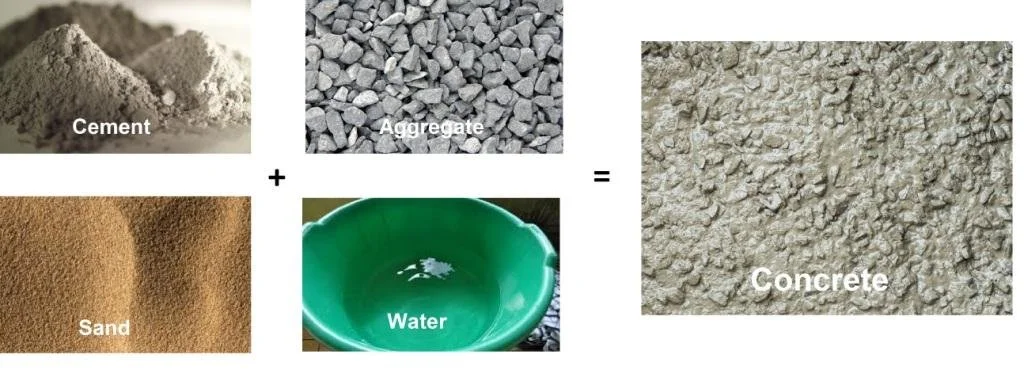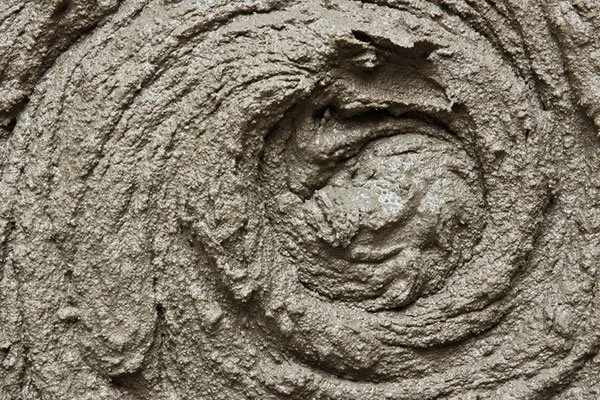Cement Vs Concrete - What is the Difference?
Cement Vs Concrete - What is the Difference?
Cement and concrete are a part of many things we use on a daily basis. From sidewalks to highways, to buildings and even homes. However, the two are often confused with one another. Many people ask what is the difference between cement and concrete? While they are similar, the answers are vastly different.
Cement is a building material used to make concrete and mortar. It is made by grinding limestone and other materials into a fine powder that is mixed with water to create a paste. This is then used to bind other ingredients together. While it can be used alone, it is often mixed with other materials to create a more durable final product. For example, cement is mixed with sand and gravel to make concrete.
In this way, cement acts as a binding agent to help the other components of concrete hold together. This makes it very important in construction projects and it is vital that the proper ratios are used to ensure the best results.
Concrete is a composite of several different materials, including cement, aggregates and water. It is a versatile and durable material that can be used for a variety of different projects. Whether it is used for a foundation, driveway, sidewalk or even a statue, concrete can be formed into any shape and is suitable for a wide range of applications.
One of the main reasons for the confusion between cement and concrete is because they are often used interchangeably by non-experts. This is understandable, as the words are very similar. However, there is a significant difference between the two, and it is important that those who are working with concrete know what they are doing to get the most out of this incredible material.
It is also important to remember that, while concrete is an incredibly durable and strong material, it is not indestructible. It can be damaged by certain chemicals, by freezing temperatures or by excessive moisture. For this reason, it is important to protect freshly poured concrete from the elements while it sets. This is especially crucial in areas that are subject to rain or snowfall on a regular basis.
Additionally, there are a number of factors that affect the durability and strength of concrete, including the type of cement used, the amount of water added and the temperature at which it is mixed and poured. As such, it is essential that all professionals have a thorough understanding of these concepts before starting any projects.
Finally, it is important to note that cement and concrete are both extremely environmentally friendly materials when produced correctly. For example, modern concrete mixes often contain fly ash and slag, which are recycled materials that would otherwise be sent to landfills. This not only reduces the environmental impact of the production process, but it can also increase the strength and durability of the finished concrete. Furthermore, carbon capture, utilization and storage (CCUS) can be used to significantly reduce the CO2 emissions generated by the production of cement and concrete.




